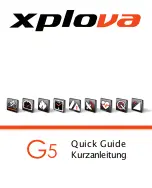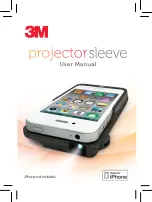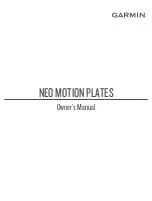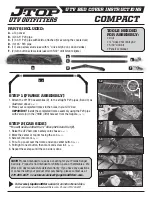
Planning a OpenScape Cordless IP System
c03.fm
Propagation Conditions for Radio Traffic
A31003-C1020-S100-03-7620, 12/2017
38
OpenScape Cordless IP V2, Service Documentation
NOTE:
These values show clearly that propagation within buildings is hindered
much less in a horizontal direction than in a vertical direction.
This must be taken into consideration when installing the base station.
3.3.4 Indoor Areas in Reinforced Concrete Buildings
with Diverse Interior Layout
Indoor areas in reinforced concrete buildings can give rise to different scenarios,
depending on the interior layout.
•
Scenario 1
- Large factory halls (for manufacturing or office space)
These are either not partitioned (e.g. manufacturing halls) or have mobile
partitions reaching half way to the ceiling (office).
–
Propagation conditions
Favorable in this scenario because intervisibility is more frequent than,
for example, in buildings divided into individual offices with no line of sight
between the base station and mobile telephones.
•
Scenario 2
- Interior in buildings of brick and light construction materials
–
Propagation conditions
Table 4
Insertion loss (a
e
)/range loss in the radio area
Insertion object
a
e
(dB)
Range loss (%)
Brick wall, 10 to 12 cm
2.5
~ 43.5
Brick wall, 24 cm, small windows
4
~ 60
Brick wall, 63 to 70 cm
4.0 to 4.5
~ 60 to 64
Drywall
1.3 to 2.3
~ 26.5 to 41
Gaseous-concrete wall
6.6
~ 78
Glass wall
2
~ 37
Wire-reinforced glass wall
8
~ 84
Reinforced concrete ceiling
(residence)
6 to 9
~ 75 to 87
Two reinforced concrete ceilings
26
~ 99.5
Three reinforced concrete ceilings
46
100
















































